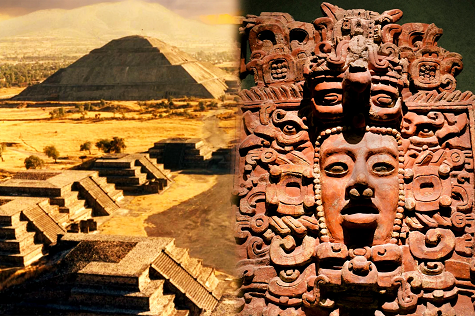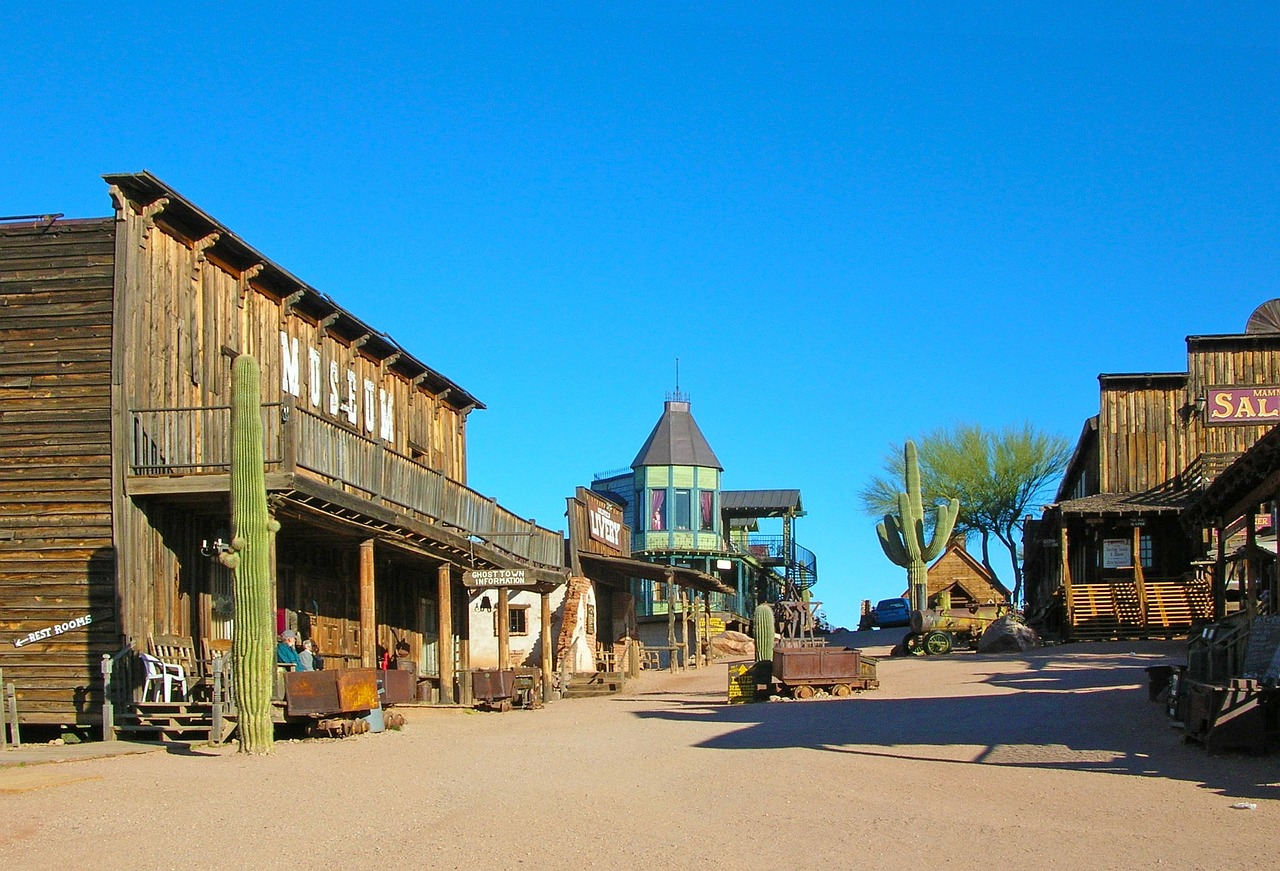Unit 1: Founding the New Nation (Prehistory-1877) Overview
Unit 1: Founding the New Nation (Prehistory-1877)

Unit 1: Founding the New Nation (Prehistory-1877) Overview

Unit 1: Founding the New Nation (Prehistory-1877)
The pre-Columbian era means the history and prehistory of the Americas before there were important European influences on the American continent.
The word pre-Columbian refers to the era before Christopher Columbus, but sometimes it can include the history of American indigenous cultures as they continued to develop after the Christopher Columbus' first landing in 1492, until they were conquered or influenced by Europeans, even if this happened decades or even centuries after the arrival of Columbus.
Pre-Columbian can also mean cultures of any one of the great native civilizations of the Americas, such as those of Mesoamerica (the Aztec and Maya) and of the Andes (Inca, Moche and Chibcha).
The Pre-Columbian era incorporates all period subdivisions in the history and prehistory of the Americas before the appearance of significant European influences on the American continents, spanning the time of the original settlement in the Upper Paleolithic period to European colonization during the Early Modern period.
While the phrase 'pre-Columbian era' literally refers only to the time preceding Christopher Columbus's voyages of 1492, in practice the phrase is usually used to denote the entire history of indigenous Americas cultures until those cultures were exterminated, diminished, or extensively altered by Europeans, even if this happened decades or centuries after Columbus's first landing. For this reason the alternative terms of Precontact Americas, Pre-Colonial Americas or Prehistoric Americas are also in use. In areas of Latin America the term usually used is Pre-Hispanic.
Many pre-Columbian civilizations established hallmarks which included permanent settlements, cities, agriculture, civic and monumental architecture, major earthworks, and complex societal hierarchies. Some of these civilizations had long faded by the time of the first permanent European colonies and the arrival of enslaved Africans (c. late 16th–early 17th centuries),[1] and are known only through archaeological investigations and oral history. Other civilizations were contemporary with the colonial period and were described in European historical accounts of the time. A few, such as the Maya civilization, had their own written records. Because many Christian Europeans of the time viewed such texts as heretical, men like Diego de Landa destroyed many texts in pyres, even while seeking to preserve native histories. Only a few hidden documents have survived in their original languages, while others were transcribed or dictated into Spanish, giving modern historians glimpses of ancient culture and knowledge.
Indigenous American cultures continue to evolve after the pre-Columbian era. Many of these peoples and their descendants continue traditional practices while evolving and adapting new cultural practices and technologies into their lives.
Before the development of archaeology in the 19th century, historians of the pre-Columbian period mainly interpreted the records of the European conquerors and the accounts of early European travelers and antiquaries. It was not until the nineteenth century that the work of men such as John Lloyd Stephens, Eduard Seler and Alfred P. Maudslay, and of institutions such as the Peabody Museum of Archaeology and Ethnology of Harvard University, led to the reconsideration and criticism of the European sources. Now, the scholarly study of pre-Columbian cultures is most often based on scientific and multidisciplinary methodologies.
This unit emphasizes early historical developments in the Americas and how religious, social, political, and economic developments shaped the North American colonies.
Unit Focus
- Description of pre-Columbian era
- Explorations of Columbus and other explorers
- How British North America was colonized
- Reasons Pilgrims, Puritans, and other groups came to the New World
- Ways geography affected development of New England, Southern, and Middle Colonies
- Examples of British Colonial policy
Vocabulary
Lesson Reading
Videos and Interactives (Click on Images to View Content)

